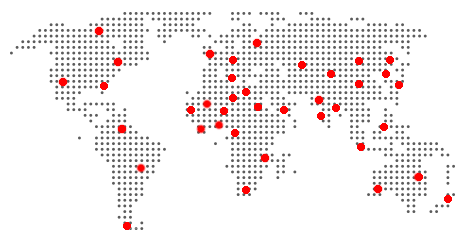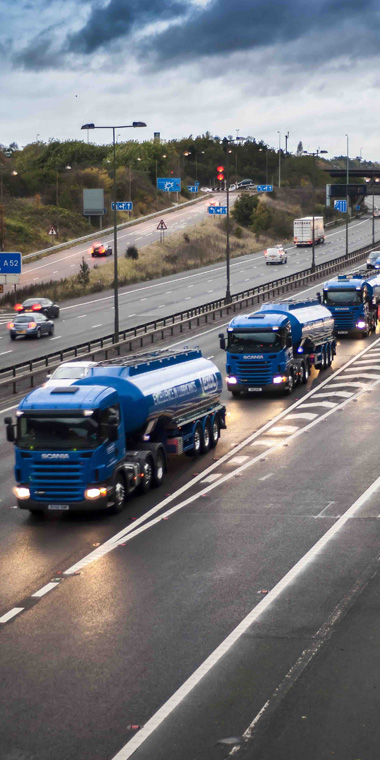Exol introduces new Scania delivery management system
Exol Lubricants has adopted a brand new delivery management system, Scania’s Fleet Management Services, including informative telematics that will allow Exol to increase the productivity of its fleet and improve fuel economy.
The new system has enabled Exol to take more control as the installed hardware provides the fleet’s complete data, allowing the company to improve driver performance by acting on any issues such as coasting, heavy braking or idling. This has been known to save up to 10percent in fuel economy.
It also provides Exol with easy access to the information through its personalised FMS portal available in a free smart phone app.
The app allows Exol to send instant messages across its workforce including texts, photos, positions and historical communications through the Scania Messaging Service, keeping its workforce updated and informed at all times.
Exol’s fleet of more than 20 vehicles – supplied for 22 years by vehicle partner Keltruck – comprises a mix of dual-purpose vehicles and large tanker trucks to transport both bulk and packaged Exol products to customers across a variety of sectors including agricultural, automotive, industrial, marine and rail.
The new technology will also educate the drivers on Scania’s adaptive cruise control (ACC), which warns them if the distance between the vehicle ahead closes suddenly, as well as helping to maintain a constant time gap.
Steve Dunn, Exol Lubricants sales director, said: “We thoroughly believe that this is a sound investment for our workforce. Not only will it help ensure the best fuel economy, but it will also benefit the drivers as it will assist us in maximising safety features at all times.”
After recently carrying out driver training, Exol has announced it will be working with Keltruck to continue exploring fuel-saving methods and the management of the new Scania system.
The training revealed that if the company improved its average MPG by just one extra mile, it could potentially save thousands of pounds each year (depending on the price of fuel).


